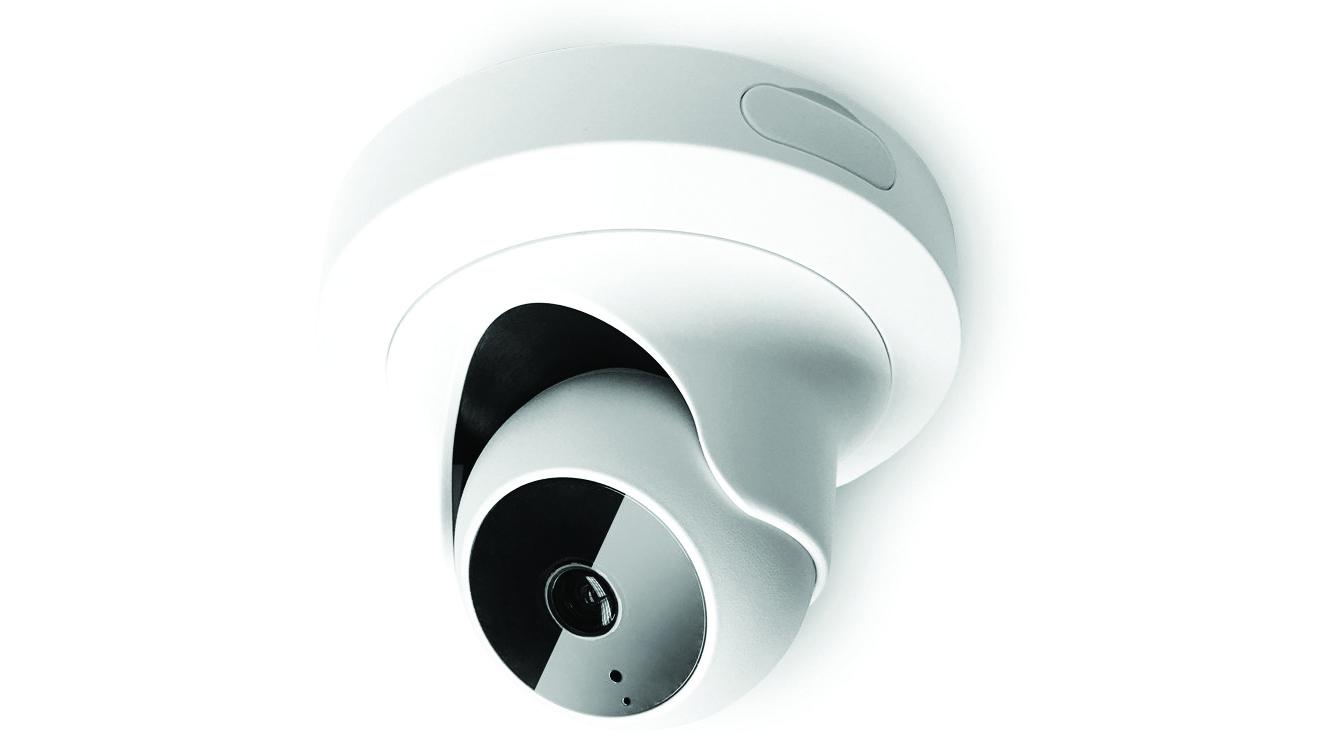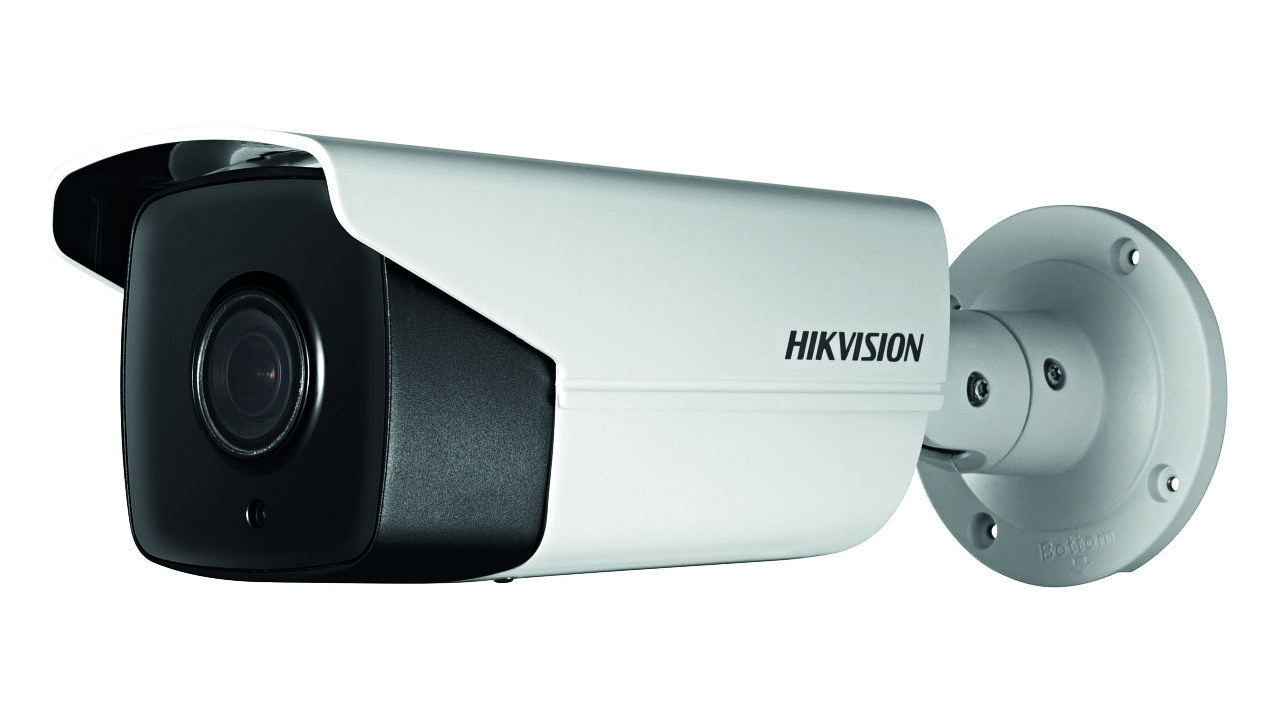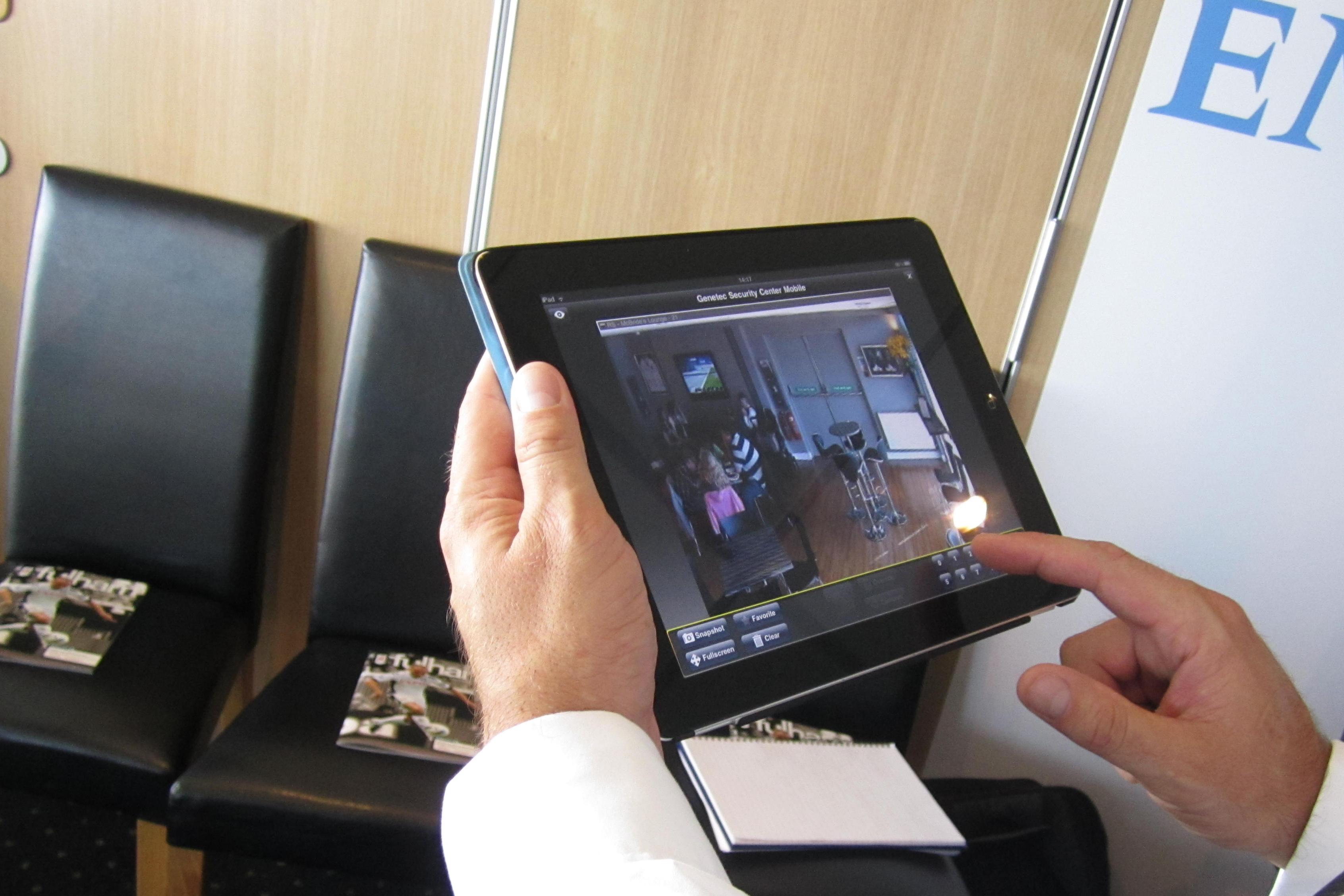WiMAX isn’t dead – it’s just for business
Public sector trials of WiMAX suggest it could settle into an infrastructure type niche, rather than battle LTE in the consumer space.


WiMAX will likely not break through into the consumer sector, but offers specific benefits for the business and public sectors, an industry body has claimed, citing recent trials in Kent.
The first end-to-end live trials of 2.5GHz WiMAX have been running in Kent since June of last year. The Kent Fire and Rescue Service, in addition to Maidstone Borough Council, used WiMAX systems over the past year, according to industry group the Mobile WiMAX Acceleration Group (M-WAG).
Indeed, such uses could be the future for WiMAX, as LTE seems set to win in the consumer space, admitted M-WAG chairman Harry Aldridge, speaking to IT PRO.
"I've never taken the view that it's competition between WiMax andd 3G and LTE," he said.
While he didn't "rule out the possibility it could be a mass market product," Aldridge did say that WiMAX would need an established operator to roll it out. "I haven't seen any signs of that and don't thing its quite likely to happen," he admitted.
Aldridge said LTE is likely going to win with operators for a number of reasons, including licensing deals and more handsets heading that way. "WiMax doesn't have an establish ecosystem of nice little handsets," he said.
But that doesn't mean there's no market for WiMAX.
Get the ITPro daily newsletter
Sign up today and you will receive a free copy of our Future Focus 2025 report - the leading guidance on AI, cybersecurity and other IT challenges as per 700+ senior executives
"The business case isn't necessarily going to be mobile broadband but actually it has a strong niche in what could be described as the fixed nomadic sector," said Aldridge, explaining it will be more about offering untethered DSL than mobile broadband.
Indeed, building a national WiMAX network would require "serious investment", Aldridge said, but he added that it could have a strong business case for use on a local basis, for wholesale, in town centres or in urban areas, for such services CCTV and public safety communications.
"WiMAX has a niche there," he said, adding that as spectrum is released, WiMAX could be a good way to get internet coverage to underserved rural communities, in keeping with the Digital Britain plans.
But that business or public sector market is no small niche, either. "It's a large market and a strong market, almost stronger than the consumer market," he added.
"WiMAX has a fantastic niche in the more infrastructure side of the market."
Kent trials
The Kent Fire and Rescue Service used WiMAX networks to supply video in real time from accident scenes. The trial involved a mocked up car crash at the fire service training centre in Maidstone, he said.
Aside from streaming video from the scene, the network also allowed video conferencing and data transfer at the same time, he said.
He stressed just how important the system could be for services in Maidstone, with its proximity to the Channel Tunnel. Fires do break out in the tunnel, presenting unique challenges for the service. "Managing several trucks with just voice communications is very very difficult," Aldridge explained.
The other set of trials was with the council, which used WiMAX networks for mobile CCTV cameras, building inspectors and community workers.
Maidstone has a collection of portable 3G CCTV cameras to complement its fixed ones. The 3G cameras are quite effective but cost between 500 to 1,000 a year to run, making them a scarce resource for the council.
The trial saw the council use WiMAX instead of 3G for backhaul. The WiMAX cameras offered the same frames per minute as the fixed cameras, several times more than the 3G mobile ones, but at a third of the operating cost.
"The benefit the council sees is they can substitute their fixed cameras with WiMAX for a larger pool of portable cameras," Aldridge said. "It's potentially quite exciting."
The council also used WiMAX networks to trial video for building inspectors, currently a "cumbersome paper-based process," according to Aldridge.
At present, Maidstone inspects 1,800 buildings a year, sending two employees a senior inspector and a junior one. By sending just one worker with a camera relaying data back to the office, the council can cut staff and travel time.
A similar trial was also run by the community safety department, which tested WiMAX's suitability for accessing data on the go so staff don't have to leave and return with files and taking footage as evidence.
Freelance journalist Nicole Kobie first started writing for ITPro in 2007, with bylines in New Scientist, Wired, PC Pro and many more.
Nicole the author of a book about the history of technology, The Long History of the Future.
-
 Should AI PCs be part of your next hardware refresh?
Should AI PCs be part of your next hardware refresh?AI PCs are fast becoming a business staple and a surefire way to future-proof your business
By Bobby Hellard Published
-
 Westcon-Comstor and Vectra AI launch brace of new channel initiatives
Westcon-Comstor and Vectra AI launch brace of new channel initiativesNews Westcon-Comstor and Vectra AI have announced the launch of two new channel growth initiatives focused on the managed security service provider (MSSP) space and AWS Marketplace.
By Daniel Todd Published
-
 How to build a Raspberry Pi security camera
How to build a Raspberry Pi security cameraTutorials Build your own cut-price surveillance equipment
By Mark Mayne Last updated
-

 EnGenius EL-EWS1025CAM review
EnGenius EL-EWS1025CAM reviewReviews A clever hybrid IP camera that combines video surveillance with a wireless AP and support for EnGenius’ Neutron WLAN meshing
By Dave Mitchell Published
-

 Hikvision Darkfighter DS-2CD4B26FWD-IZS review
Hikvision Darkfighter DS-2CD4B26FWD-IZS reviewReviews Top image quality, an IP67 rating and colour at very low light levels makes this a great choice for external surveillance
By Dave Mitchell Published
-
 EnGenius EDS6255 review
EnGenius EDS6255 reviewReviews Night vision isn’t great, but this little camera packs in a lot of surveillance features for a tempting price
By Dave Mitchell Published
-

 Axis M1065-LW review
Axis M1065-LW reviewReviews It’s pricey, but this little 1080p camera simply won’t be beaten for video quality and surveillance features
By Dave Mitchell Published
-
 D-Link Vigilance DCS-4602EV review
D-Link Vigilance DCS-4602EV reviewReviews A very affordable outdoor IP camera that’s built like a tank, though image quality is merely adequate
By Dave Mitchell Published
-
 Campaign group calls for clampdown on surveillance tech exports
Campaign group calls for clampdown on surveillance tech exportsNews Privacy International gives Government until 6 August to respond to concerns or face legal proceedings.
By Caroline Donnelly Published
-
 Fulham FC using iPads to fight football hooligans
Fulham FC using iPads to fight football hooligansNews We went to Craven Cottage to see how Fulham's IP CCTV operation was using iPads to watch over fans.
By Tom Brewster Published